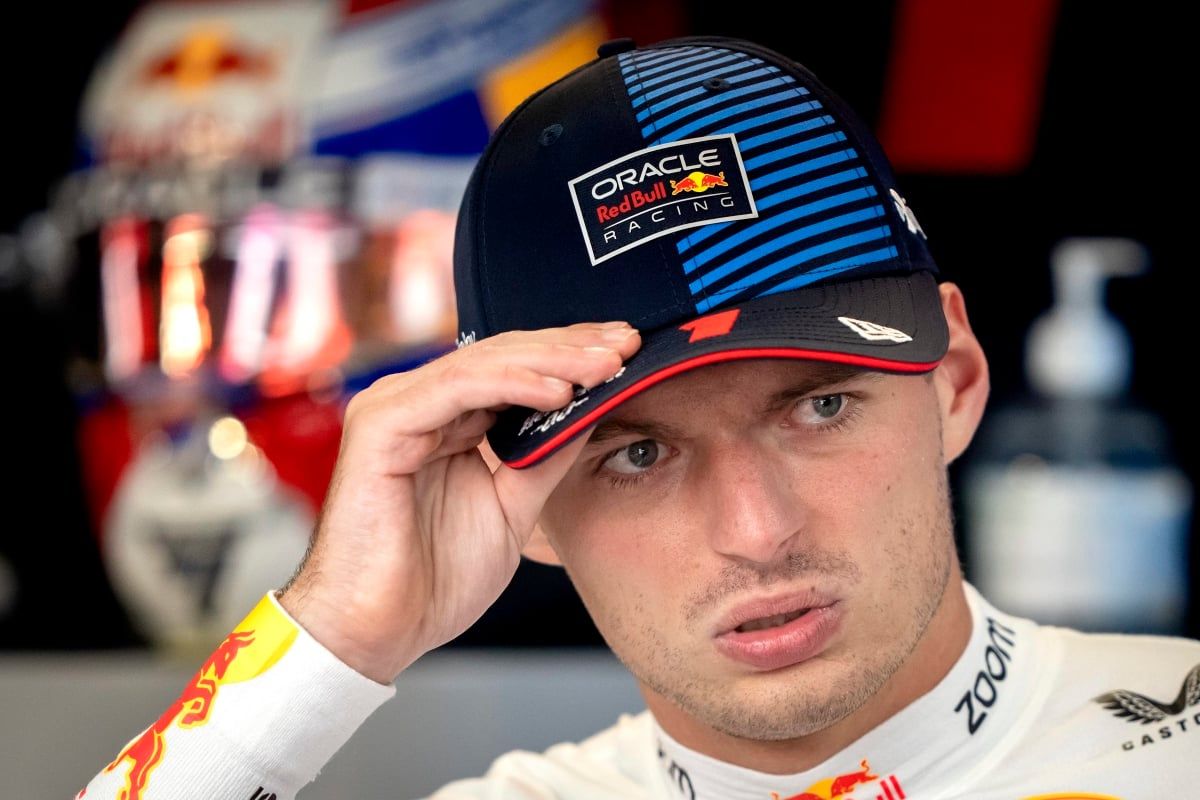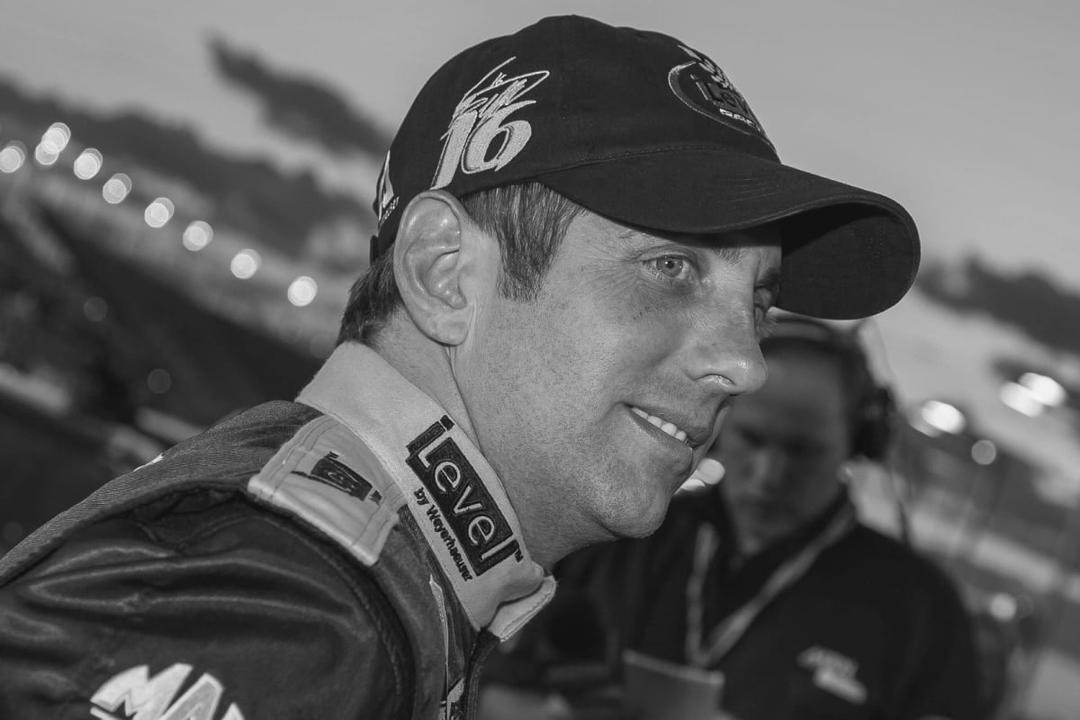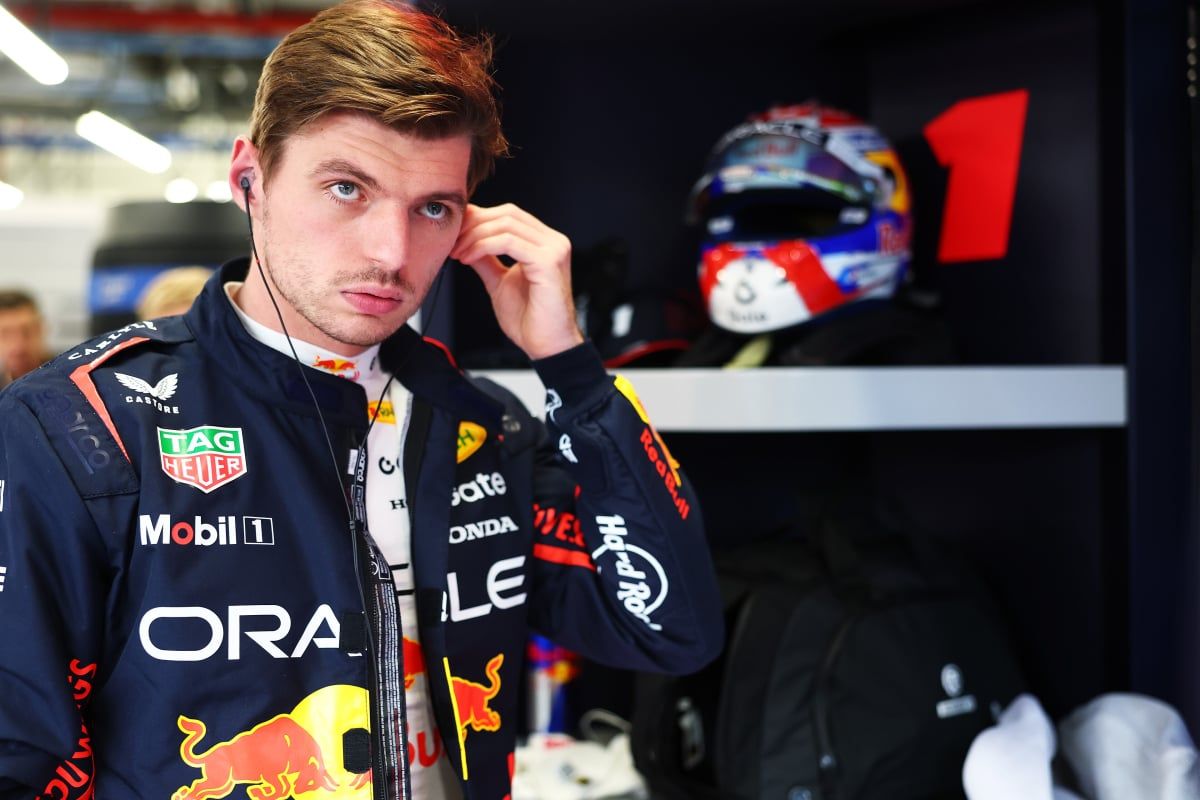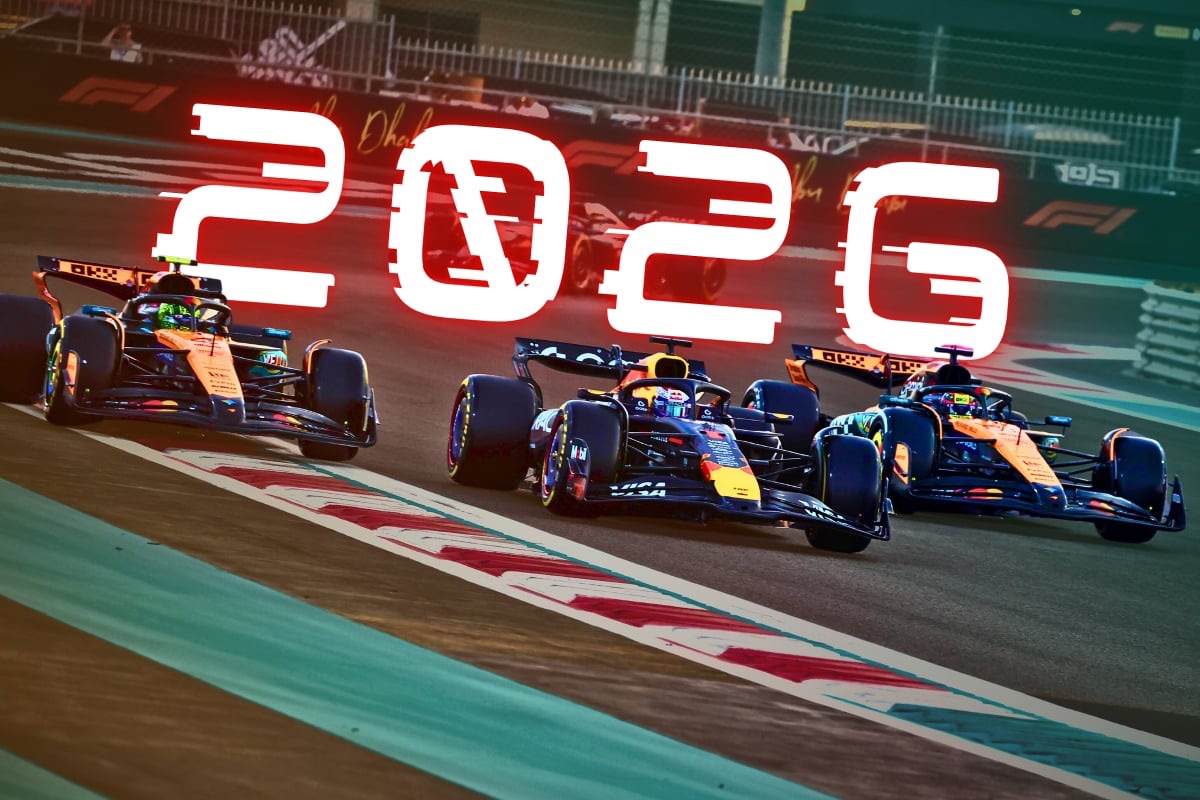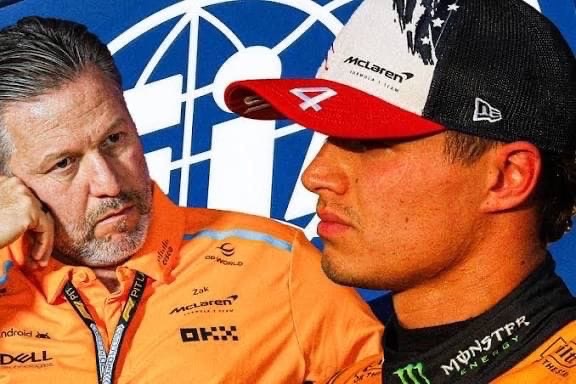Max Verstappen Faces Championship Setback as Red Bull Confirms Rookie Replacement for Mexico City FP1
In a surprising development ahead of the Mexican Grand Prix, Red Bull Racing has confirmed that its junior driver, Arvid Lindblad, will take the wheel of Max Verstappen’s RB21 for the opening practice session at the Autodromo Hermanos Rodriguez. This decision comes as part of Formula 1’s rookie regulation, which mandates every team to field a rookie driver in at least two FP1 sessions per car each season — a total of four rookie appearances per team.
Lindblad, who made his F1 debut earlier in the year during the British Grand Prix weekend, where he substituted for Yuki Tsunoda in the RB car, now gets another golden opportunity to impress. The 17-year-old British-Italian racer is one of Red Bull’s most promising junior talents, currently competing in Formula 2, and is being closely evaluated for a potential full-time role within the Red Bull or Racing Bulls setup for 2026.
Verstappen’s Title Challenge Impacted
Verstappen’s temporary absence from the first practice session could prove significant in the context of the ongoing championship battle. The four-time world champion currently trails Oscar Piastri by 40 points following a difficult weekend at the Circuit of the Americas, where the McLaren driver claimed maximum points. Missing FP1 means Verstappen will have less time to fine-tune his car setup for Mexico’s notoriously tricky high-altitude conditions.
Although Verstappen’s experience and adaptability are unquestionable, the limited practice time could hinder his early momentum going into qualifying. In a title fight this close, every session matters — especially at a circuit as unique as Mexico City’s, where the thinner air dramatically affects both car and driver performance.
High Altitude: The Mexican Challenge
The Autodromo Hermanos Rodriguez sits an incredible 2,300 meters above sea level, making it the highest track on the F1 calendar. The air pressure in Mexico City hovers around 780hPa, approximately 20 percent lower than at sea level. This reduced atmospheric pressure means significantly less oxygen is available — a factor that challenges engines, aerodynamics, and even driver endurance.
From an engineering standpoint, the altitude drastically alters the balance and behavior of the cars. The aerodynamic drag experienced by an F1 car is reduced at higher altitudes, which allows for greater top speeds down the circuit’s long straights. However, this benefit comes at a cost: the downforce — the force that helps keep the car glued to the track through corners — drops by nearly 25 percent. As a result, drivers often struggle with reduced grip and must rely heavily on mechanical balance and tire management.
The power unit also faces challenges. Modern F1 cars use turbocharged engines, which mitigate some of the power loss caused by thin air by forcing additional oxygen into the combustion chamber. Yet, even with advanced turbo systems, there remains a measurable drop in engine output, which varies depending on the manufacturer’s turbo efficiency and system design.
Cooling the car also becomes a major issue. With less dense air, the flow of oxygen around the car is reduced, making it harder to dissipate heat from the power unit, brakes, and other critical components. Teams must carefully balance cooling efficiency with aerodynamic performance — a delicate trade-off that can determine success or failure at this circuit.
Driver Adaptation and Physical Demands
For drivers, the Mexican Grand Prix is one of the most physically demanding races of the year. The thin air means less oxygen intake per breath, increasing fatigue and making concentration more difficult over long stints. While the cooler temperatures forecasted for this weekend might offer some relief compared to the sweltering conditions of Austin, the reduced oxygen still presents a unique endurance test.
Lindblad’s Opportunity and the 2026 Puzzle
Lindblad’s FP1 outing is not just a procedural rookie run — it could serve as an audition for a future Formula 1 seat. Both Red Bull Racing and its sister team Racing Bulls have yet to confirm their 2026 driver lineups, with several juniors, including Lindblad and fellow F2 contender Alex Dunne, vying for attention. Should Isack Hadjar earn a promotion to the main Red Bull team, it could open the door for Lindblad to step into a full-time F1 role.
As Verstappen watches from the garage during FP1, the focus will be split — between his pursuit of a fifth world title and Red Bull’s vision for its next generation of talent. With altitude challenges, strategic complexities, and a tightening championship race, the Mexican Grand Prix weekend promises to be one of the most fascinating chapters of the 2025 F1 season yet.
